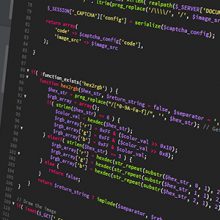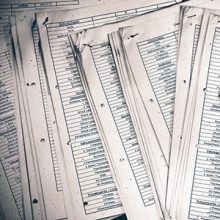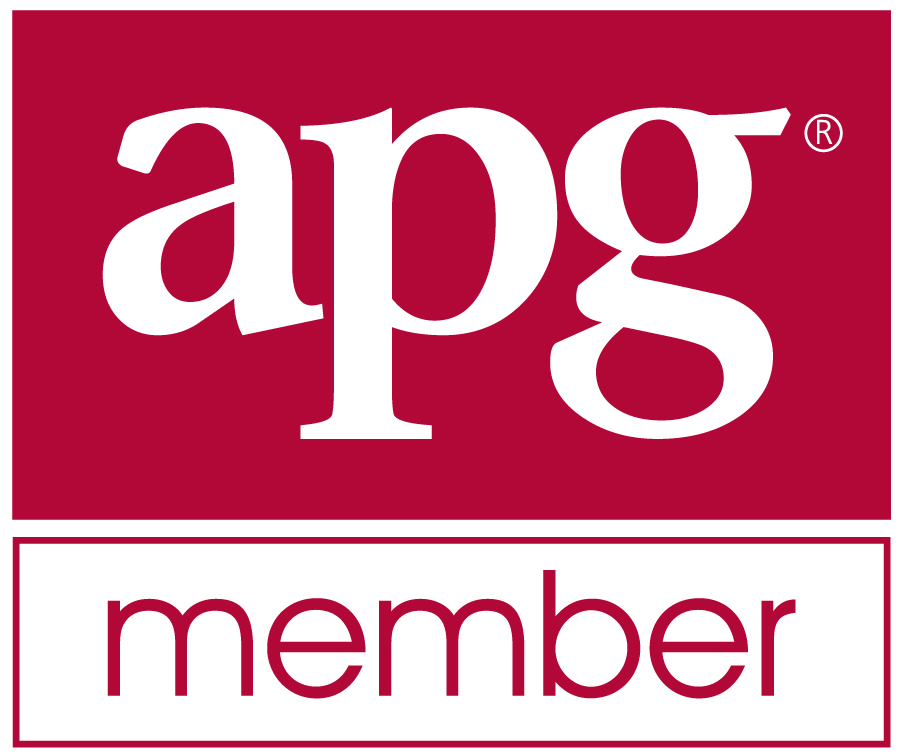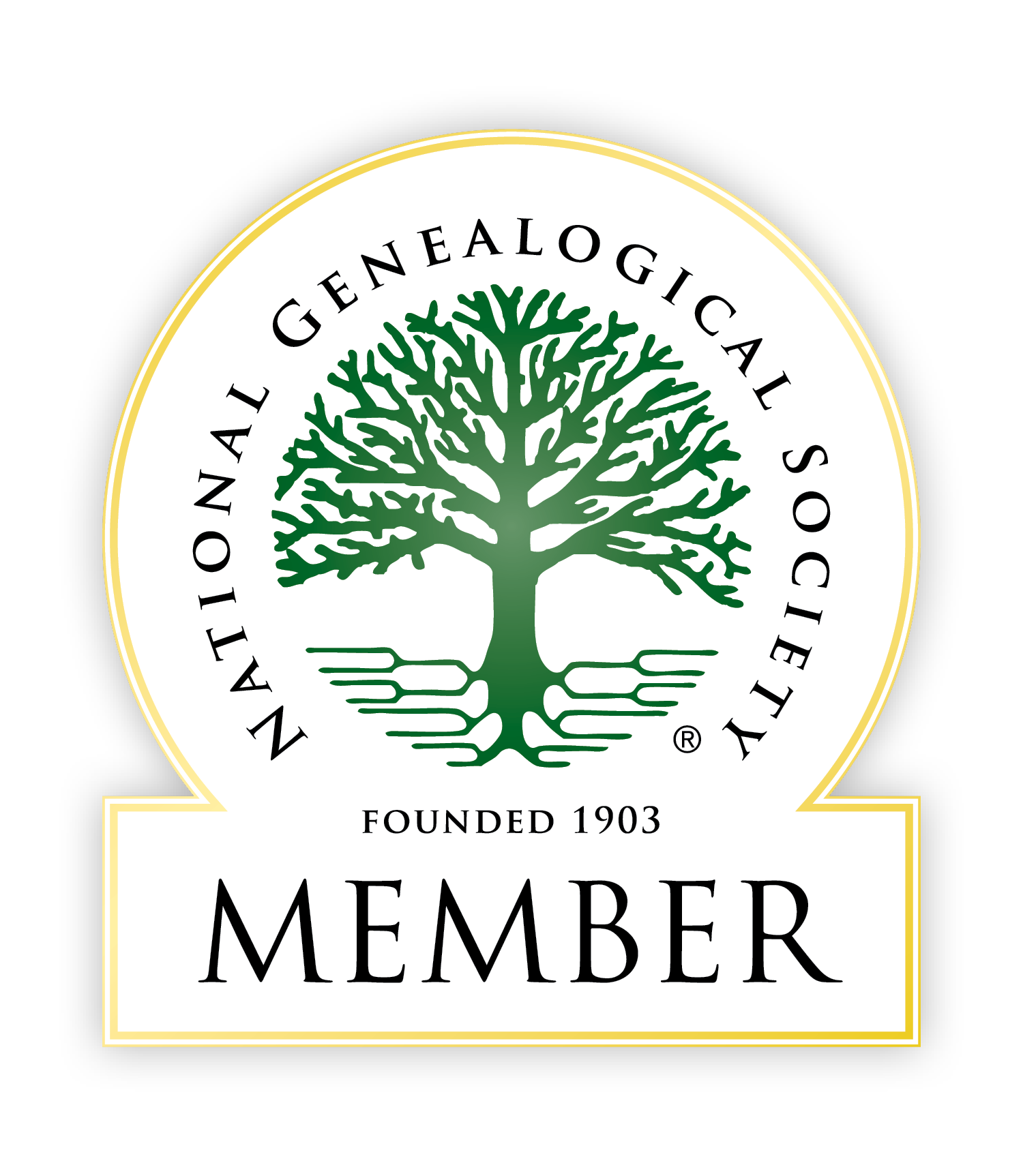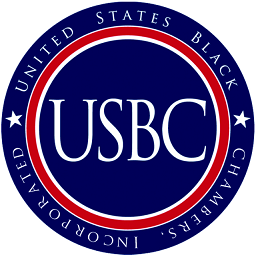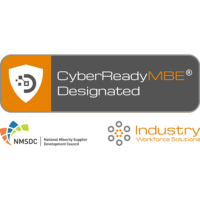We assist legal and trust professionals in fulfilling their fiduciary duties. Leveraging cutting-edge search technologies and techniques, we excel at identifying, locating, substantiating, and reporting known and unknown heirs, owners, and beneficiaries.
Heir Crown
Locating Heirs
Asset Recovery
Our expertise facilitates asset recovery for various clients, including individuals, businesses, non-profits, and government agencies. We excel at identifying, locating, claiming, and recovering assets on your behalf. Our team handles the complex paperwork involved, ensuring a seamless experience. Any funds retrieved are directly paid to the rightful owner, and we charge a contingent fee based on a percentage of the amount successfully recovered through our diligent efforts.
Pre-Escheatment Locator
We specialize in aiding businesses with a streamlined and expeditious process to locate pre-escheated asset owners and beneficiaries. By doing so, we significantly lower transactional costs and mitigate the risk of audits and penalties by reducing the number of assets that would otherwise be transferred to government authorities. Our efficient approach ensures a smoother experience for our clients while safeguarding their interests.
Who We Are
At Heir Crown, we specialize in utilizing artificial intelligence, machine learning, and advanced search techniques to research, identify, and recover unclaimed assets for businesses and individuals. With our extensive domain knowledge of unclaimed property, claims processing, and recovery, we boast a dedicated team of specialists who streamline the entire process. Our expertise allows us to uncover heirs, owners, and assets other locators may overlook, ensuring our clients receive the comprehensive service they deserve.
Call us toll-free
Our Guiding Principles
Technologies & Techniques
Regarding our data sources, we collect and extract valuable intelligence from openly available channels, such as search engines, government agencies, the media, commercial data providers, public data sources, and social media. We employ sophisticated text mining, web crawling, and other advanced algorithms to ensure comprehensive coverage and accuracy in our data-gathering process.
The internet comprises two main parts: the surface web, which accounts for only 4% of available information and is searchable by popular search engines like Google and Bing. The remaining 96% is the deep web, inaccessible through standard search engine queries. Leveraging the deep web, we can effectively locate heirs and assets while adhering to copyright and privacy laws, ensuring a lawful and ethical approach to our research.
Our state-of-the-art machine learning and AI technologies have revolutionized data analysis, allowing us to process complex datasets for quicker and more accurate results swiftly. Through automated algorithms, we identify the correct heirs, owners, assets, and intricate patterns, saving time and providing valuable insights.
Challenges such as misspellings, typos, missing values, aliases, and nicknames are widespread in the realm of name matching. However, we have devised a robust solution using a statistics-based system. This powerful approach enables us to effectively compare and match the names of individuals, places, and organizations, regardless of their numerous variations. By conquering these obstacles, we ensure precise and accurate results, providing our clients with a seamless and dependable name-matching experience.
Robotic Process Automation (RPA) lies at the core of our operations, empowering us to delegate repetitive, high-volume tasks to automated bots. This strategic implementation liberates our human workforce, enabling them to channel their energy towards their strengths and passions, such as innovation, collaboration, creativity, and enriching client interactions. As a result, RPA significantly enhances our productivity, efficiency, and overall resilience, propelling us forward in our pursuit of excellence.
Incorporating the cutting-edge technology of Cognitive Machine Reading (CMR), we can swiftly recognize, ingest, and classify various documents, including scanned paper documents, PDF files, and images. Converting these documents into machine-encoded text enables electronic editing, seamless searching, and more compact data storage. This transformation paves the way for seamless integration into machine processes like machine learning and text mining, ushering in a new era of efficiency and productivity in our operations.





